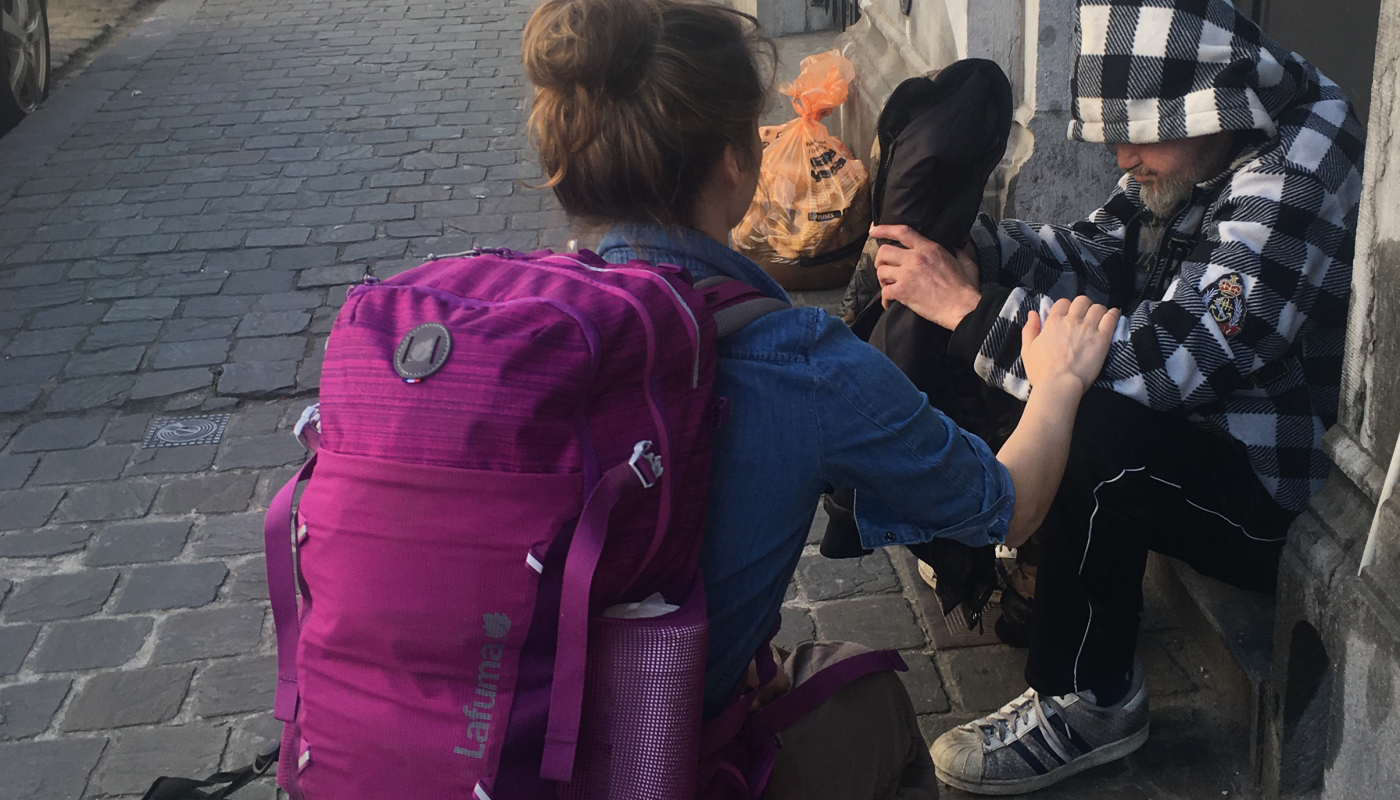When a homeless person doesn't want to be helped, it doesn't mean a refusal per se. Lorsqu'une personne sans-abri refuse de l'aide, ce n'est pas un rejet. As Pierre Ryckmans, the coordinating physician of our team, explains: "It’s not a rejection of the hand offered, but a response to difficult experiences or inadequate solutions."
A frequent misunderstanding
When a person experiencing homelessness refuses help, it is often perceived as a lack of willingness to leave the streets. In reality, such refusals often reflect much more complex reasons. For example, some individuals cite recurring issues in certain shelters, such as theft, violence, infestations of fleas or lice, or the challenge of sharing space with intoxicated individuals. These difficult conditions often lead people to remain on the streets rather than expose themselves to these risks.
These accounts underline an essential point: shelter conditions must meet the needs and expectations of people experiencing homelessness. Solutions such as private hotel rooms with bathrooms, while expensive, could be transformative. They would provide a space where individuals feel safe and respected—two crucial factors in fostering sustainable reintegration.

The root causes of reluctance to ask for help
Beyond shelter conditions, many people experiencing homelessness do not seek help spontaneously, and this reluctance can stem from a variety of reasons. First, there is often a deep mistrust of social services, fueled by negative experiences such as broken promises or a sense of not being understood. In addition, the fear of judgment can discourage individuals from accepting support.
A sense of pride or a desire for autonomy may also play a role, leading some to prefer managing on their own. While life on the streets imposes extreme hardships, it can also offer a sense of control over one’s daily existence, even in precarious circumstances. Accepting help may feel like a threat to this fragile autonomy. Lastly, people who have lived on the streets for a long time often adapt to this environment. Although their lifestyle may seem extreme to others, it provides a form of stability they are reluctant to give up.
The impact of extreme weather on people experiencing homelessness
Winter: a well-known threat
Winter is widely recognized as the most dangerous time for people experiencing homelessness—and for good reason. Freezing temperatures can cause frostbite, hypothermia, and, in the most severe cases, death. Fortunately, winter plans implemented annually by municipalities significantly reduce cold-related deaths. Although these programs are not without flaws, they save lives and remain essential. Without them, winter mortality would inevitably rise.

La chaleur : un nouveau défi
Avec le réchauffement climatique, la chaleur devient un problème tout aussi préoccupant. Les vagues de chaleur, de plus en plus fréquentes et intenses, peuvent s’avérer mortelles, même pour des personnes logées. Dans une habitation mal isolée, sans ventilation ni climatisation, les températures élevées peuvent être encore plus dangereuses que le froid.
Pour les personnes sans-abri, la chaleur pose également d’autres défis : trouver de l’eau potable, un abri à l’ombre ou un endroit frais devient une lutte quotidienne. Là encore, les décès liés à la chaleur, bien qu’encore peu documentés, augmentent chaque année. Cela montre que les risques climatiques ne se limitent pas à une saison, mais nécessitent une réponse adaptée tout au long de l’année.
Misconceptions about people experiencing homelessness—such as “they always refuse help” or “they are only vulnerable in winter”—often arise from a lack of understanding of their realities. These stereotypes oversimplify deeply complex issues and can hinder effective action.
How to act?
To challenge these clichés, it is crucial to raise public awareness about the real reasons behind refusals of help and the dangers posed by extreme weather conditions. Providing dignified solutions, such as appropriate shelters or alternatives like private hotel rooms, should be a priority to ensure safety and comfort. Support systems must also be strengthened and reimagined to address climate risks, whether from winter cold or summer heatwaves. Finally, adopting an individualized approach that considers each person’s unique needs, experiences, and coping mechanisms is essential to offering effective and compassionate support.
Help us rehouse more homeless people
Let's end clichés !
Homelessness is too often misunderstood and is generally based on false assumptions. What if we were to deconstruct these stereotypes?
Click here
